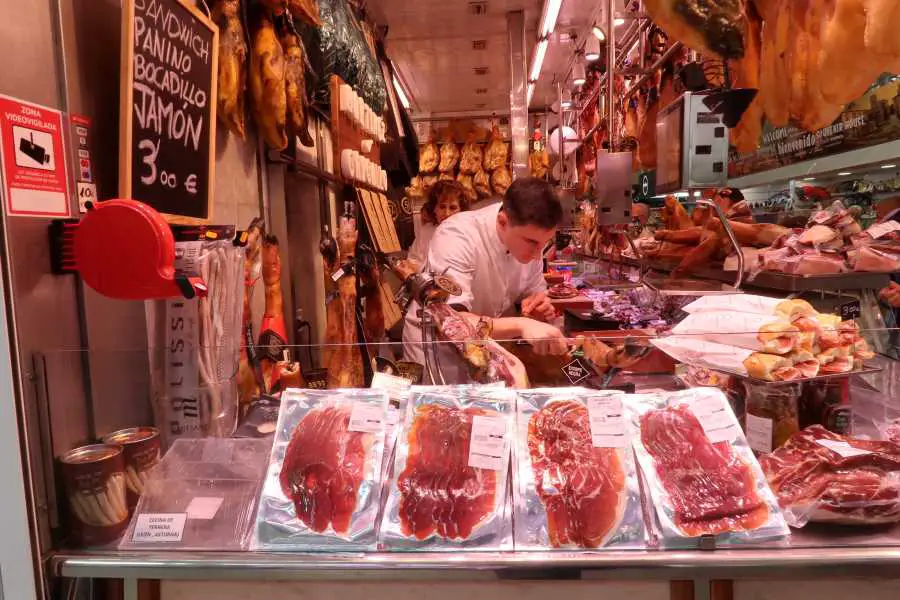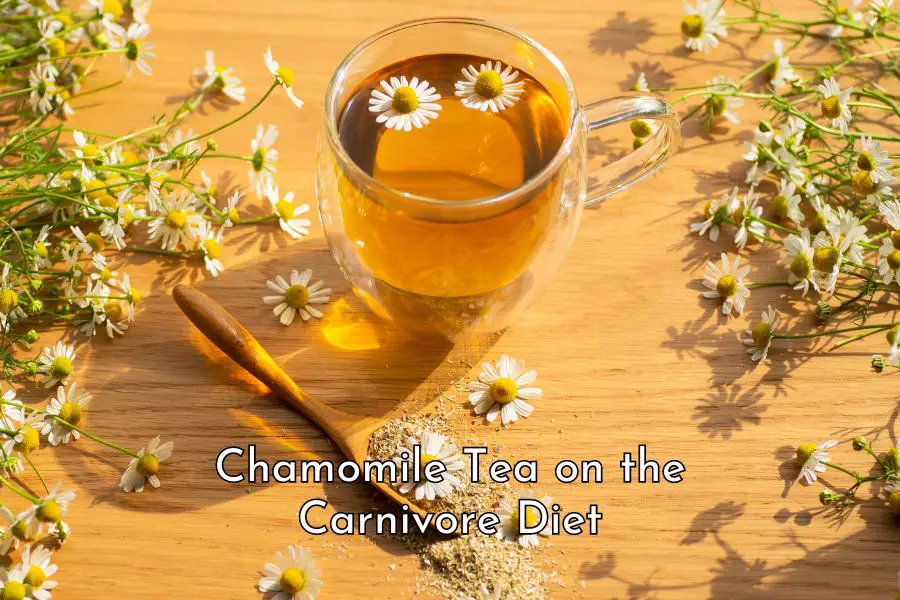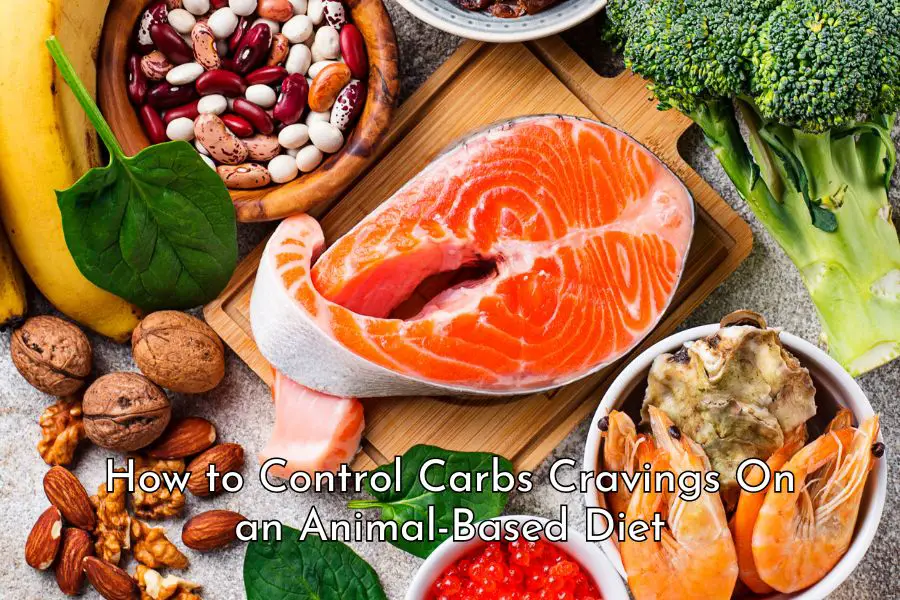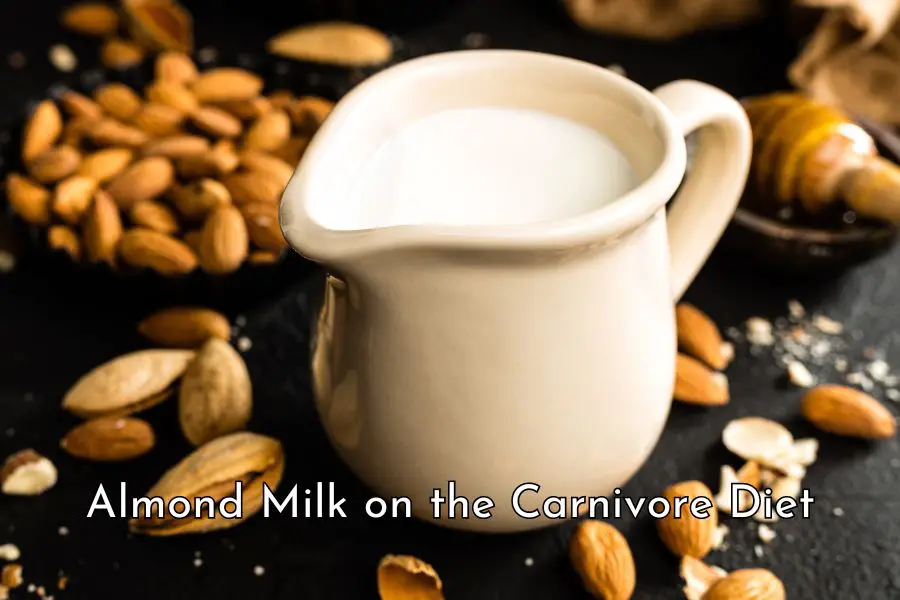Animals in the wild instinctively know what to eat and they don’t need meal plans or count calories. And so don’t you if you eat the foods you are meant to eat. Once you’ve fully transitioned to the carnivore diet, you really don’t need a meal plan.
This post is for those of you who want to know what a typical week of eating is like on the carnivore diet and those of you who have just started the carnivore diet and need a bit of help to organize your meals and stay on track.
If you don’t like ready-made meal plans, there are also guidelines to help you create one yourself in a way that will ensure you get all essential nutrients from foods to meet your body’s needs. Click here to go straight to the guide.
Principles used to build carnivore meal plans
The sample meal plans below are built based on the five healthy eating principles which I have set out in this post and summarized below:
- Eat from a wide variety of animal source foods to ensure sufficient nutrients. Eat meat (beef, lamb, goat, bison, pork, chicken), seafood, eggs, bone marrow, bone broth, organ meat, butter, cream, yogurt, and tallow.
- Eat nose-to-tail or as many different parts of an animal as possible. Eating this way will minimize waste while ensuring you have all the necessary materials you need to build a perfectly healthy human body
- Eat from naturally or well-raised animals as much as you can afford (e.g. grass-fed ruminants and pasture-raised pork and chicken and wild games)
- Eat unprocessed or minimally processed foods to preserve nutrients and minimize additives
- Eat a mixture of cooked, lightly cooked and raw if it’s safe and you can tolerate because some nutrients can be destroyed due to prolonged cooking.
These principles aim to mimic the way our ancestors ate which determines the genetic makeup of the human body today.
For millions of years, our ancestors would have moved about hunting and looking for food all the time. They would have eaten what they could kill or scavenge. They would have eaten a wild variety of healthy animals that roam freely in their natural environment. When food was aplenty, they would have eaten just the most treasured parts of the animals. When food was scarce, they would’ve eaten everything, nose-to-tail, to survive. Sometimes the food would be eaten fresh, other times would be cooked.
Although our genetic makeup remains largely the same as it was at the end of the paleolithic period,[1] we are now living in a totally different world. We are not hunting or scavenging anymore and foods are available 24/7 everywhere. However, unfortunately, the quality of the food available to most of us has been declining.
It is estimated that today around 90% of farmed animals live in factory farms. [2, 3, 4] These animals, from cows, pigs to chickens and fish, are forced to live in crowded and unhealthy conditions, are fed a diet very different from what they are meant to eat, and are given antibiotics, hormones, and other drugs. [5, 6, 7, 8, 9, 10, 11, 12, 13, 14, 15, 16]
And most of us, unfortunately, have to eat meat and other products from those animals.
Accordingly, the key question for many of us is, given budget, accessibility, and health constraints, what would be our best food choices? This question is answered in detail in this post. In summary, by looking at farming conditions, diets and nutritional profiles of those farmed animals, the best animal source food today is ruminant meat and ruminant organs. These should be the staple food for most of us who can only afford farmed animal source foods. Other foods like pork, poultry, eggs, and seafood should be eaten sparingly.
In the sections below, I set out the general guideline on how to create your own meal plans. I also provide two types of meal plans: one for those who are able to afford to pay for grass-fed, pasture-raised, wild-caught animal source food, and one for those who can only afford factory-farmed animal source food.
How to create your own meal plans
You can easily make your own meal plans to suit your tastes, budget, and health condition. However, remember to follow the five healthy eating principles summarized above and aim for the following:
- Make ruminant meat (beef, lamb, goat, bison, deer, kangaroo, and any other wild games) the staple of your carnivore diet, and add pork and poultry sparingly. Have ruminant produces with most meals and on most days. Unless you are trying to lose some weight, aim for fatty cuts and get a variety of cuts. If you can afford ribeye steaks every day, go for it. If you can’t, ground beef is just as nutritious.
- If you can’t afford or don’t have access to ruminant meat, choose lean cuts of pork and poultry because they are low in polyunsaturated fats. Polyunsaturated fats, especially omega 6, have been linked to increased cancer risk, suppression of the immune system, lowering good cholesterol (HDL-C) and increasing the susceptibility of LDL to oxidation.[17]
- Add a small amount of organ meat on most days. Organ meat, especially liver, is truly nature’s best multivitamin. Aim to have a small amount of different organ meat regularly (e.g. liver, heart, kidney, tongue, tripe, gizzard, oxtail, trotter, etc). However, liver is high in vitamin A, although vitamin A toxicity from dietary sources is very rare, I wouldn’t go over the recommended daily intake and have only a couple of slices a day. (Please read this post for information on the maximum amount of liver you should eat in a day).
- Aim for a small cup of bone broth every day. Water and bone broth are the only drinks you should have on the carnivore diet. There is a reason why a South African proverb says ‘good broth will resurrect the dead’. Bone broth is super nutritious and has many health benefits, from gut healing, bone and joint health, skin and hair health to better sleep quality, fighting fatigue, and nursing the sick. For a super easy carnivore bone broth recipe and many practical tips, click here.
- Aim to have fatty fish twice a week for a boost in your omega 3 intakes. There is some omega 3 in ruminant meat and other meat but the level is low. A 100 gram serving of salmon delivers 2,506 mg of omega 3 compared to only 42mg per same serving of beef.[18] If you can’t afford wild-caught seafood, tinned wild-caught fish is probably a better choice than fresh farmed fish.
- Have some calcium-rich food regularly. If you can handle dairy products, add a small amount to your regular diet. If you can’t handle dairy, add fish with bone-in or make your own calcium supplements from eggshells and discarded bones (see instructions here)
- Don’t overcook your food and add lightly cooked and raw if you can tolerate and source reliably. This helps preserve vitamin C in your food (please read this post for vitamin C sources on the carnivore diet).
Here is a link to various blank meal plans that you can print out and fill in. There are options for two meals a day and three meals a day plus space for a shopping list.
I have used these general guidelines to create the sample meal plans below.
Meal plans for those who can afford grass-fed, pasture-raised, wild-caught animal source food
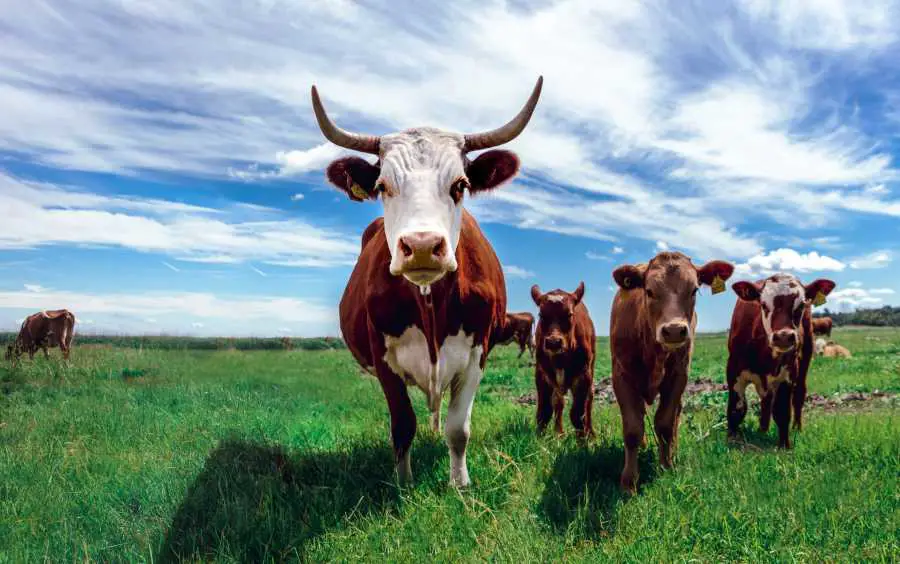
If you can afford to buy grass-fed, pasture-raised, wild-caught animal source food, you can eat a wide variety of foods on the carnivore diet. Ruminant produce should still feature prominently as part of your diet, however, chicken, pork, and seafood can be a regular alternative.
There are three versions of the meal plans:
- ‘Strict version of the carnivore diet‘: This is for people who follow a strict version of the carnivore diet where they eat only foods from animals: ruminants, pork, poultry, and seafood. No plants, eggs, dairy, or honey.
- ‘Broad version of the carnivore diet‘: This is for people who follow a broad version of the carnivore diet where they eat all animal source foods including ruminants, pork, poultry, seafood, eggs, dairy, and honey but no plants.
- ‘Ancestral version of the carnivore diet‘: This is for people who follow an ancestral version of the carnivore diet where they eat all animal source foods including ruminants, pork, poultry, seafood, eggs, dairy, honey, and a small amount of seasonal plant food occasionally.
These are all three-meal-a-day meal plans. However, many people on the carnivore diet report they only eat one meal a day with a bit of snack or two meals a day. I generally only have one meal a day in the morning, but sometimes if I feel hungry I will have a small meal in the afternoon. If this is more like you, just skip breakfast and have either lunch or dinner only.
However, if your job is physically demanding, or you are generally physically active, breastfeeding, or just like to spread out your food intake, have three to four meals a day as you see fit.
The food list may seem a bit repetitive, but I guarantee you that you won’t get bored eating what you’re meant to eat. When did you last see a lion bored of eating meat, a cow bored of eating grass, or a panda bored of eating bamboo?
Moreover, you will also find that food no longer plays a central part in your life, it is just a source of sustenance and not a source of entertainment anymore. If you previously have a food addiction issue, it’s likely that you will find it gone and no longer control your life.
You will notice the absence of food quantity in the meal plans below. This is because you really don’t need to count calories on the carnivore diet, just eat until you feel satiated
Meal plan for the STRICT version of the carnivore diet
This version of the carnivore diet includes only food from animals: ruminant, pork, poultry, and seafood.
| BREAKFAST | LUNCH | DINNER | |
|---|---|---|---|
| MON | Bacon & sausages Bone broth | Pan-fry fatty fish in animal fat | Slow-cooked lamb shank + Organ (liver) |
| TUE | Burger patty Bone broth | Pork roast | Ground meat +Organ (bone marrow) |
| WED | Pork belly Bone broth | Chicken roast +Small fish with bones in | Seared beef steak + Organ (oxtail stew) |
| THU | Bacon & sausages Bone broth | Meatloaf | Pan-fry fatty fish in animal fat +Organ (kidney) |
| FRI | Burger patty Bone broth | Butterflied lamb leg | Pork chop + Organ (liver) |
| SAT | Chicken drum sticks Bone broth | Chuck roast | Beef & lamb stew +Organ (heart) |
| SUN | Meatloaf Bone broth | Pork belly + Small fish with bones in | Seared beef steak + Organ meat (pig trotter stew) |
Meal plan for the BROAD version of the carnivore diet
This version of the carnivore diet includes all animal source foods including ruminant, pork, poultry, seafood, eggs, dairy, and honey.
| BREAKFAST | LUNCH | DINNER | |
|---|---|---|---|
| MON | Burger patty Bone broth | Pan-fry fatty fish in animal fat/butter + a piece of hard cheese | Slow-cooked lamb shank + Organ (liver) |
| TUE | Eggs & grated cheese pancake Bone broth | Pork roast | Ground meat + Organ (bone marrow) |
| WED | Pork belly Bone broth | Chicken roast + Small fish with bones in | Seared beef steak + Eggs + Organ (oxtail stew) |
| THU | Bacon & sausages Bone broth | Meatloaf + a piece of hard cheese | Pan-fry fatty fish in animal fat/butter + Organ (kidney) |
| FRI | Burger patty Bone broth | Butterflied lamb leg | Pork chop + Organ (liver) |
| SAT | Eggs & grated cheese pancake Bone broth | Chuck roast | Beef & lamb stew + Organ (heart) |
| SUN | Meatloaf Bone broth | Pork belly + Small fish with bones in | Seared beef steak + Eggs + Organ meat (pig trotter stew) |
Meal plan for the ANCESTRAL version of the carnivore diet
This version of the carnivore diet includes food from animals: ruminant, pork, poultry, seafood, eggs, dairy, honey, and a small amount of seasonal plant food three times a week.
| BREAKFAST | LUNCH | DINNER | |
|---|---|---|---|
| MON | Burger patty Bone broth | Pan-fry fatty fish in animal fat/butter + a piece of hard cheese | Slow-cooked lamb shank + Organ (liver)+Seasonal plant foods |
| TUE | Eggs & grated cheese pancake Bone broth | Pork roast | Ground meat + Organ (bone marrow) |
| WED | Pork belly Bone broth | Chicken roast + Small fish with bones in | Seared beef steak + Eggs + Organ (oxtail stew) +Seasonal plant foods |
| THU | Bacon & sausages Bone broth | Meatloaf + a piece of hard cheese | Pan-fry fatty fish in animal fat/butter + Organ (kidney) |
| FRI | Burger patty Bone broth | Butterflied lamb leg | Pork chop + Organ (liver) |
| SAT | Eggs & grated cheese pancake Bone broth | Chuck roast | Beef & lamb stew + Organ (heart) +Seasonal plant foods |
| SUN | Meatloaf Bone broth | Pork belly + Small fish with bones in | Seared beef steak + eggs Organ meat (pig trotter stew) |
Meal plans for those who can only afford factory-farmed animal source food
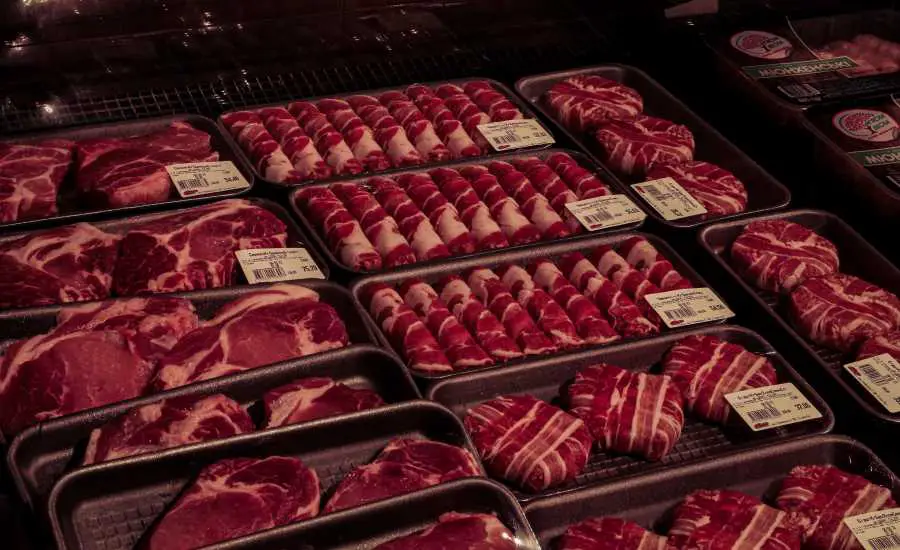
If you can only afford factory-farmed animal source foods, ruminant meat and organs should be your staple food on the carnivore diet. Even if you can only afford to pay for ground beef, it is still very nutritious and has a good balance of meat and fat.
Pork and poultry are added for variety but only choose lean cuts because they are low in polyunsaturated fats.
Fish is added for omega 3. Choose tinned wild-caught fish over fresh farmed fish. If you prefer fresh farmed fish, have it sparingly. Farmed fish are generally raised in small crowded enclosures, fed unnatural diets, given antibiotics and injected vaccines. Salmons, one of the most commonly consumed fish, are also given colorings to dye their flesh pink to appeal to consumers.
I add tinned fish with bones in for calcium. If you don’t like it, replace it with fish with no bones or a ruminant option but add other calcium sources such as a couple of pieces of bones from your bone broth or make your own eggshell powder.
Meal plan for the STRICT version of the carnivore diet
This version of the carnivore diet includes only food from animals: ruminant, pork, poultry, and seafood.
| | BREAKFAST | LUNCH | DINNER |
|---|---|---|---|
| MON | Beef sausages Bone broth | Ground ruminant meat + Tinned fish with bones in | Slow-cooked lamb shank +Organ (liver) |
| TUE | Burger patty Bone broth | Pork loin roast + Shrimp | Ground ruminant meat +Organ (bone marrow) |
| WED | Meatloaf Bone broth | Chicken roast +Tinned fish with bones in | Seared beef steak +Organ (oxtail stew) |
| THU | Beef sausages Bone broth | Meatloaf +Crab meat | Pan-fry fatty fish in animal fat +Organ (kidney) |
| FRI | Burger patty Bone broth | Butterflied lamb leg | Porkchop +Organ (liver) |
| SAT | Chicken breast Bone broth | Chuck roast | Ruminant meat stew +Organ (heart) |
| SUN | Meatloaf Bone broth | Ground ruminant meat+Tinned fish with bones in | Seared beef steak +Organ meat (stir-fried tripe) |
Meal plan for the BROAD version of the carnivore diet
This version of the carnivore diet includes all animal source foods including ruminant, pork, poultry, seafood, eggs, dairy, and honey.
| | BREAKFAST | LUNCH | DINNER |
|---|---|---|---|
| MON | Burger patty Bone broth | Ground ruminant meat+A piece of hard cheese | Slow-cooked lamb shank+Organ (liver) |
| TUE | Eggs & grated cheese pancake Bone broth | Pork loin roast +Shrimp | Ground ruminant meat +Organ (bone marrow) |
| WED | Meatloaf Bone broth | Chicken roast +Tinned fish with bones in | Seared beef steak + Eggs +Organ (oxtail stew) |
| THU | Beef sausages Bone broth | Meatloaf +A piece of hard cheese | Pan-fry fatty fish in animal fat/butter +Organ (kidney) |
| FRI | Burger patty Bone broth | Butterflied lamb leg +Crab meat | Porkchop + Organ (liver) |
| SAT | Eggs & grated cheese pancake Bone broth | Chuck roast +A piece of hard cheese | Ruminant meat stew +Organ (heart) |
| SUN | Meatloaf Bone broth | Ground ruminant meat +Tinned fish with bones in | Seared beef steak + Eggs +Organ meat (stir-fried tripe) |
Meal plan for the ANCESTRAL version of the carnivore diet
This version of the carnivore diet includes food from animals: ruminant, pork, poultry, seafood, eggs, dairy, honey, and a small amount of seasonal plant food three times a week.
| | BREAKFAST | LUNCH | DINNER |
|---|---|---|---|
| MON | Burger patty Bone broth | Ground ruminant meat+A piece of hard cheese | Slow-cooked lamb shank + Organ (liver)+Seasonal plant food |
| TUE | Eggs & grated cheese pancake Bone broth | Pork loin roast +Shrimp | Ground ruminant meat +Organ (bone marrow) |
| WED | Meatloaf Bone broth | Chicken roast +Tinned fish with bones in | Seared beef steak + Eggs +Organ (oxtail stew) +Seasonal plant food |
| THU | Beef sausages Bone broth | Meatloaf +A piece of hard cheese | Pan-fry fatty fish in animal fat/butter +Organ (kidney) |
| FRI | Burger patty Bone broth | Butterflied lamb leg +Crab meat | Pork chop +Organ (liver) +Seasonal plant food |
| SAT | Eggs & grated cheese pancake Bone broth | Chuck roast +A piece of hard cheese | Ruminant meat stew +Organ (heart) |
| SUN | Meatloaf Bone broth | Ground ruminant meat +Tinned fish with bones in | Seared beef steak + Eggs +Organ meat (stir-fried tripe) |
Disclaimer: The information in this post is for reference purposes only and not intended to constitute or replace professional medical advice. Please consult a qualified medical professional before making any changes to your diet or lifestyle.

